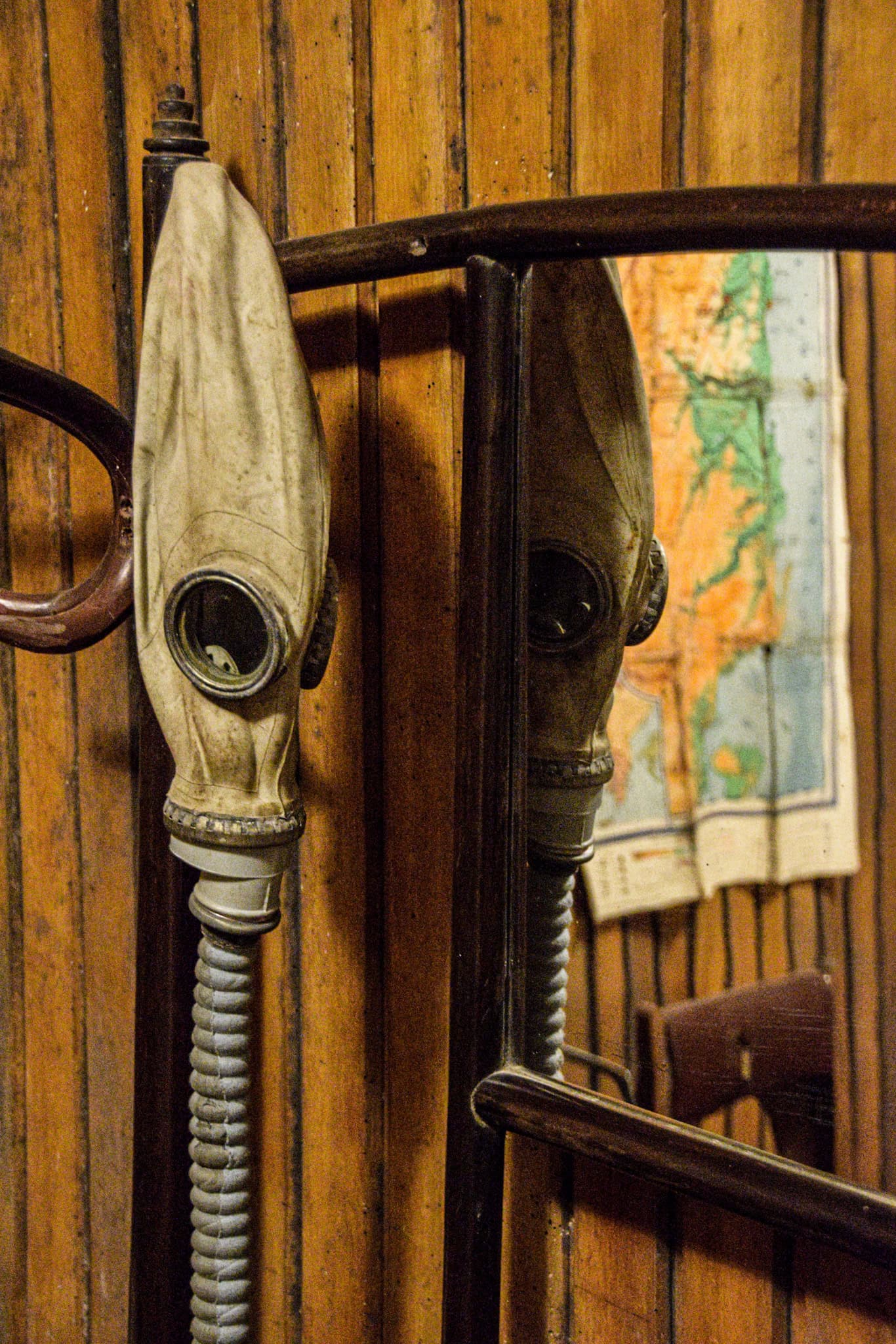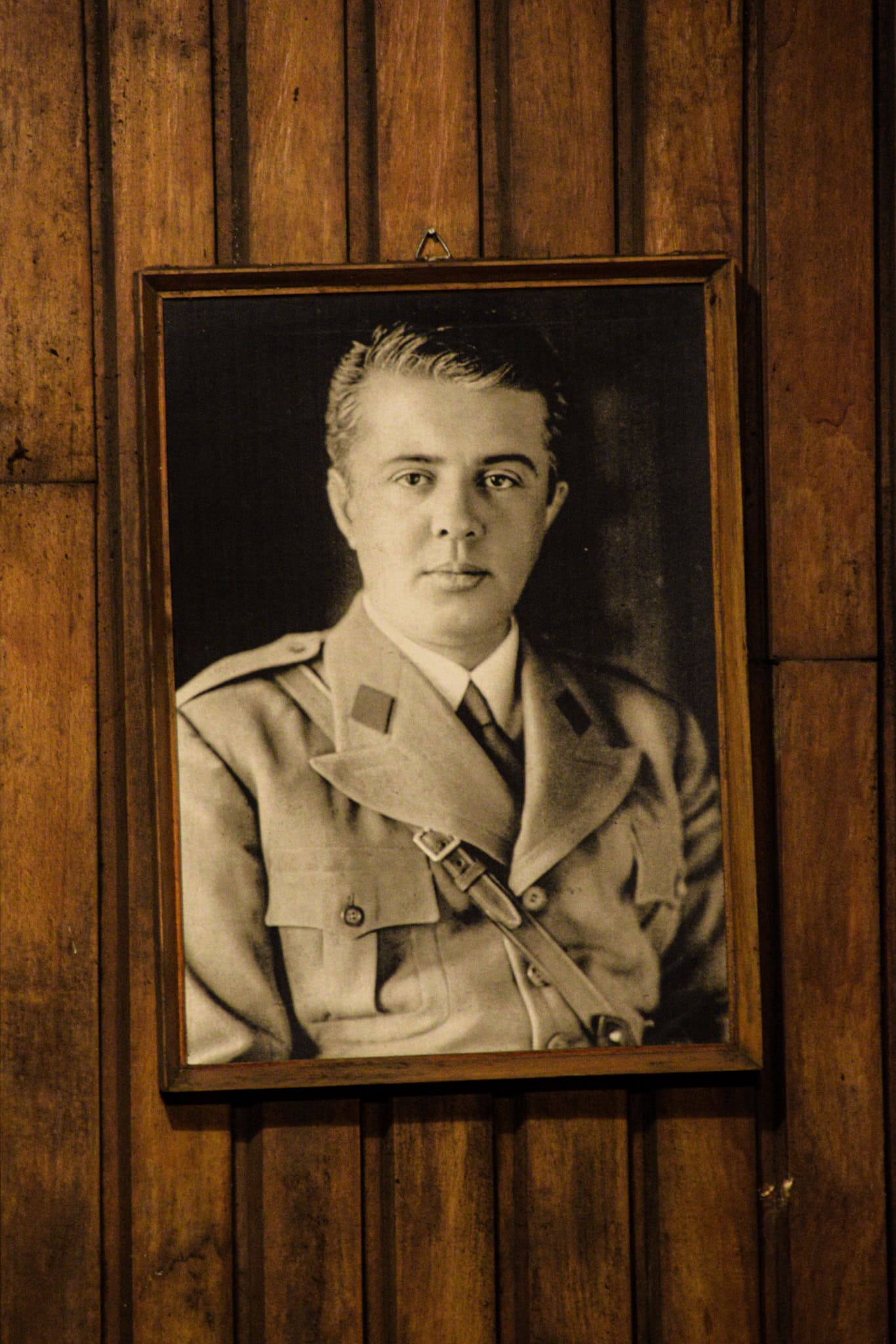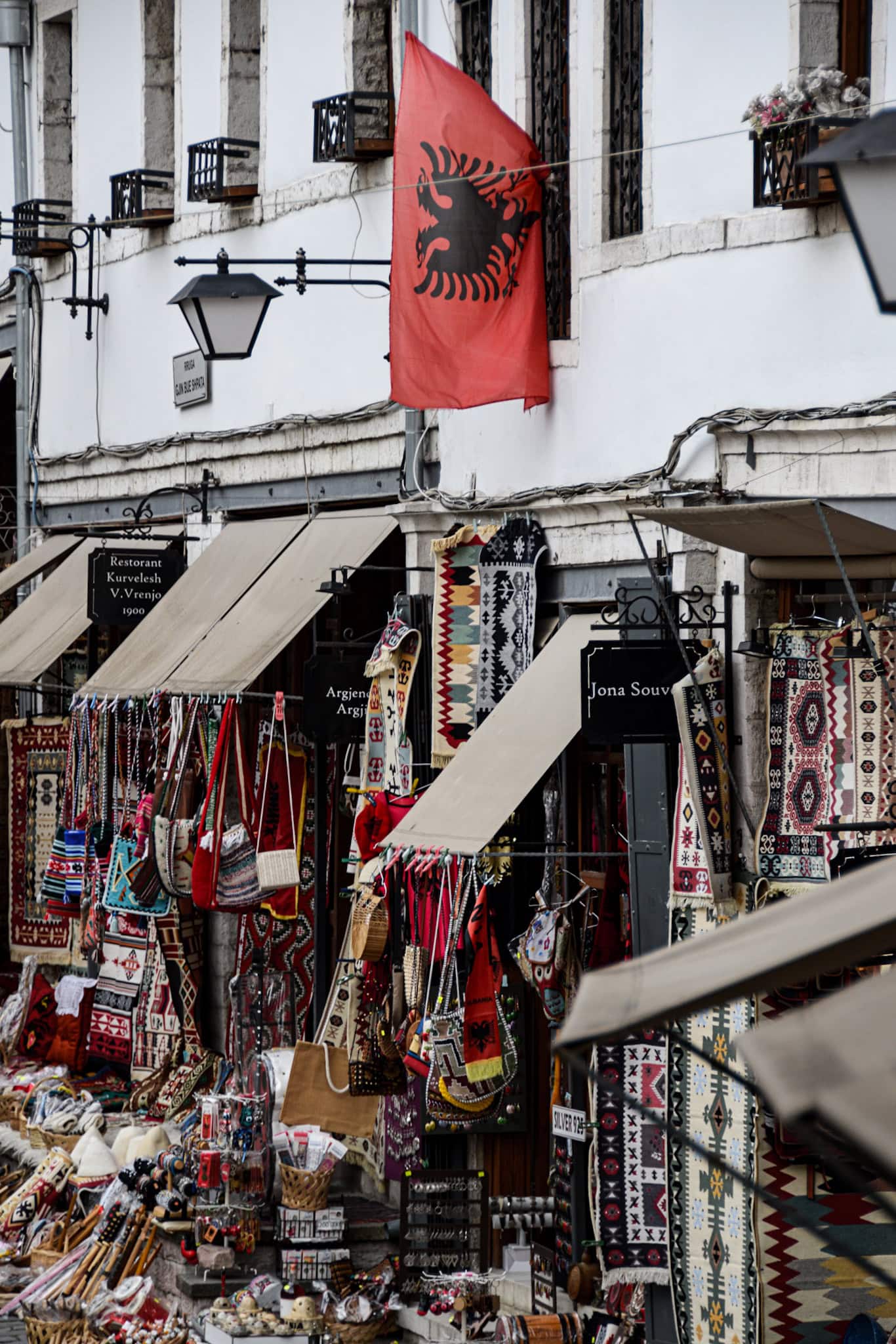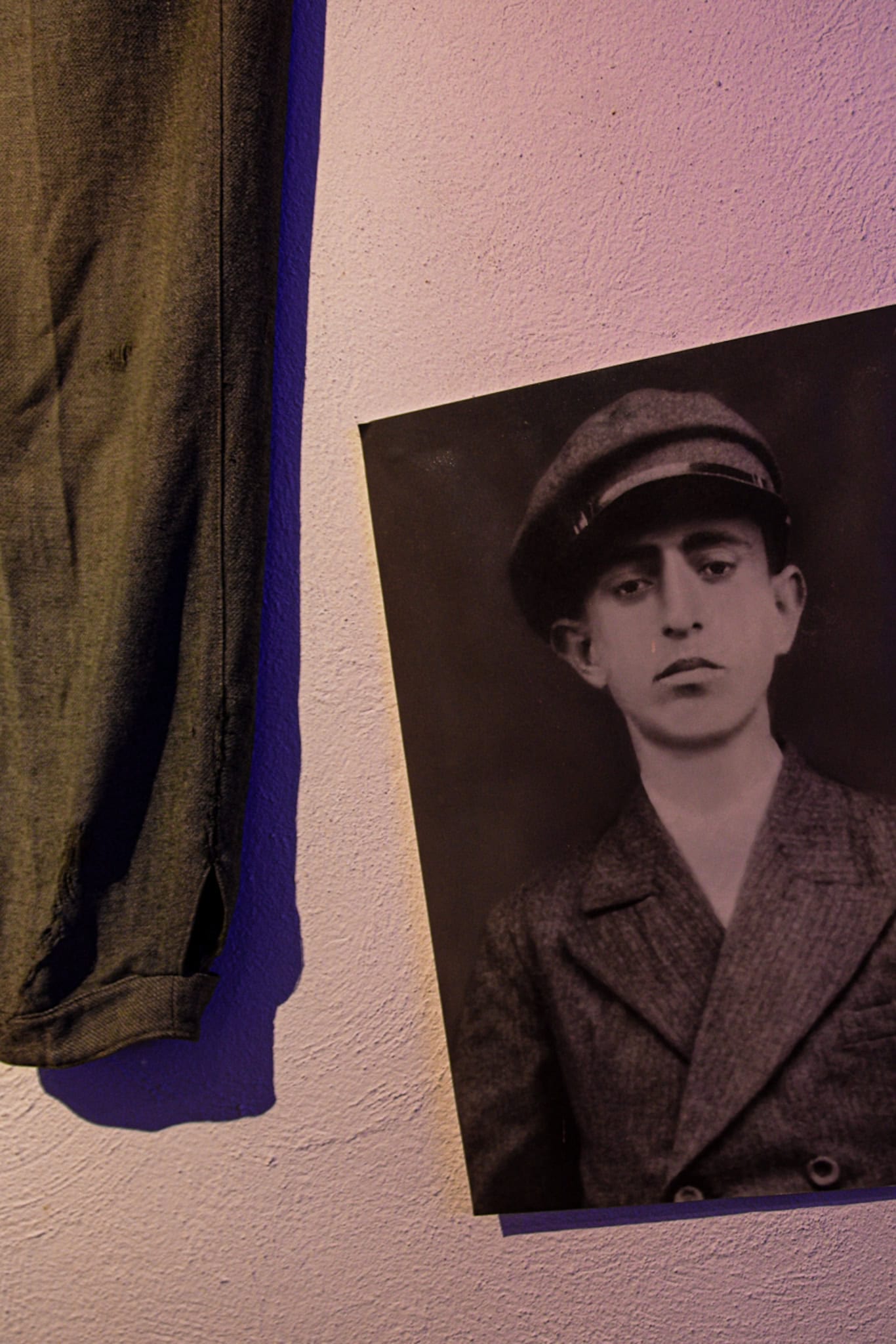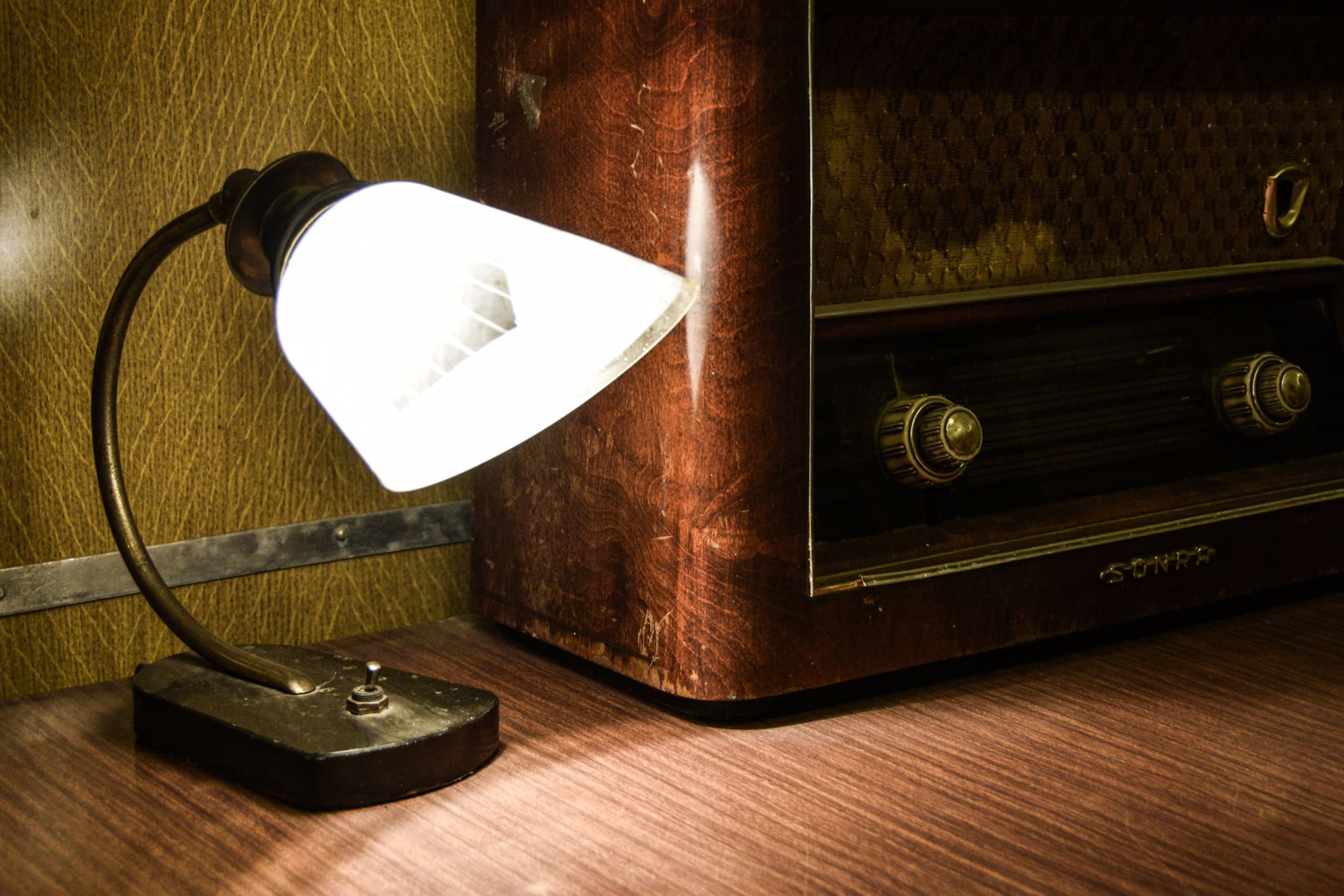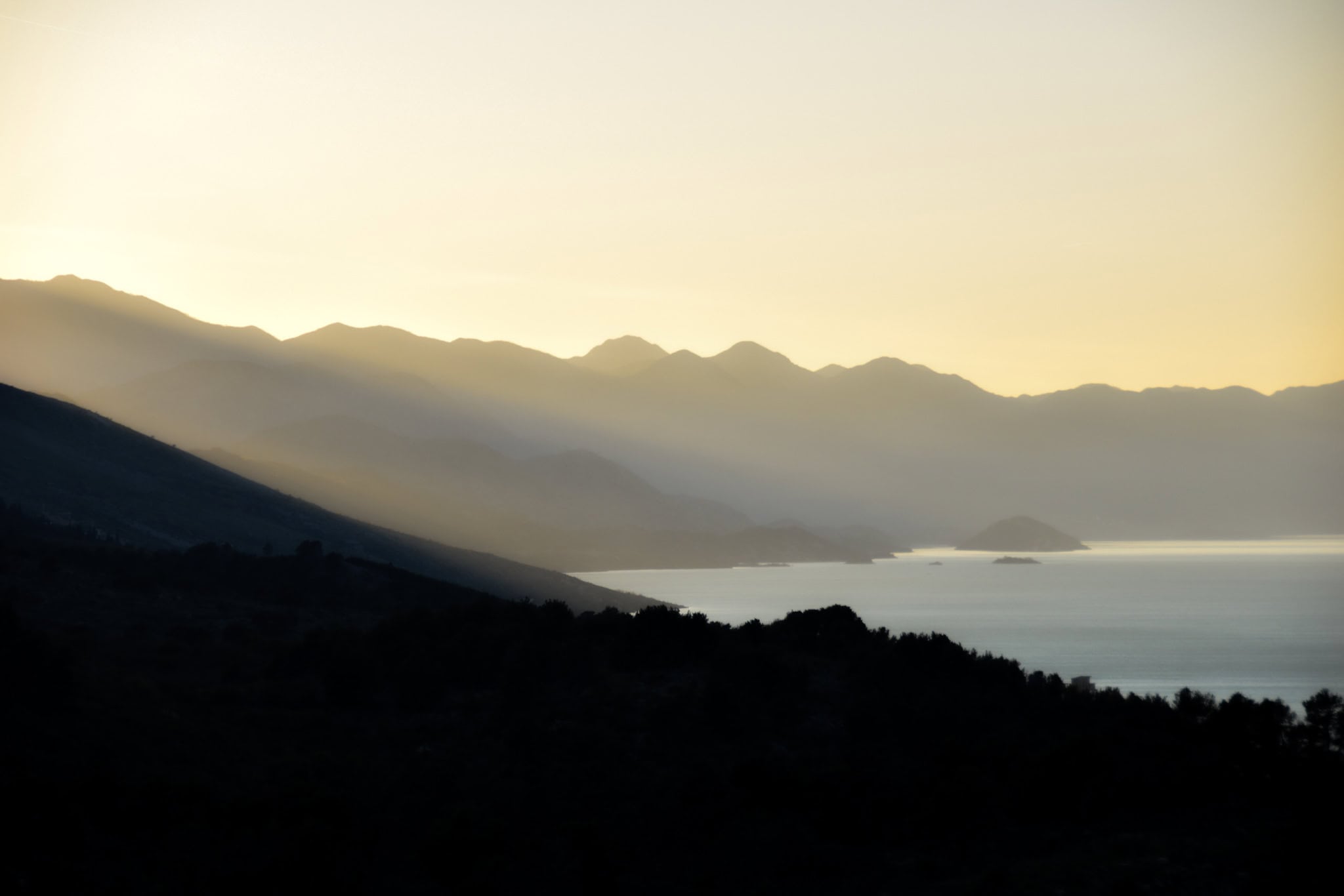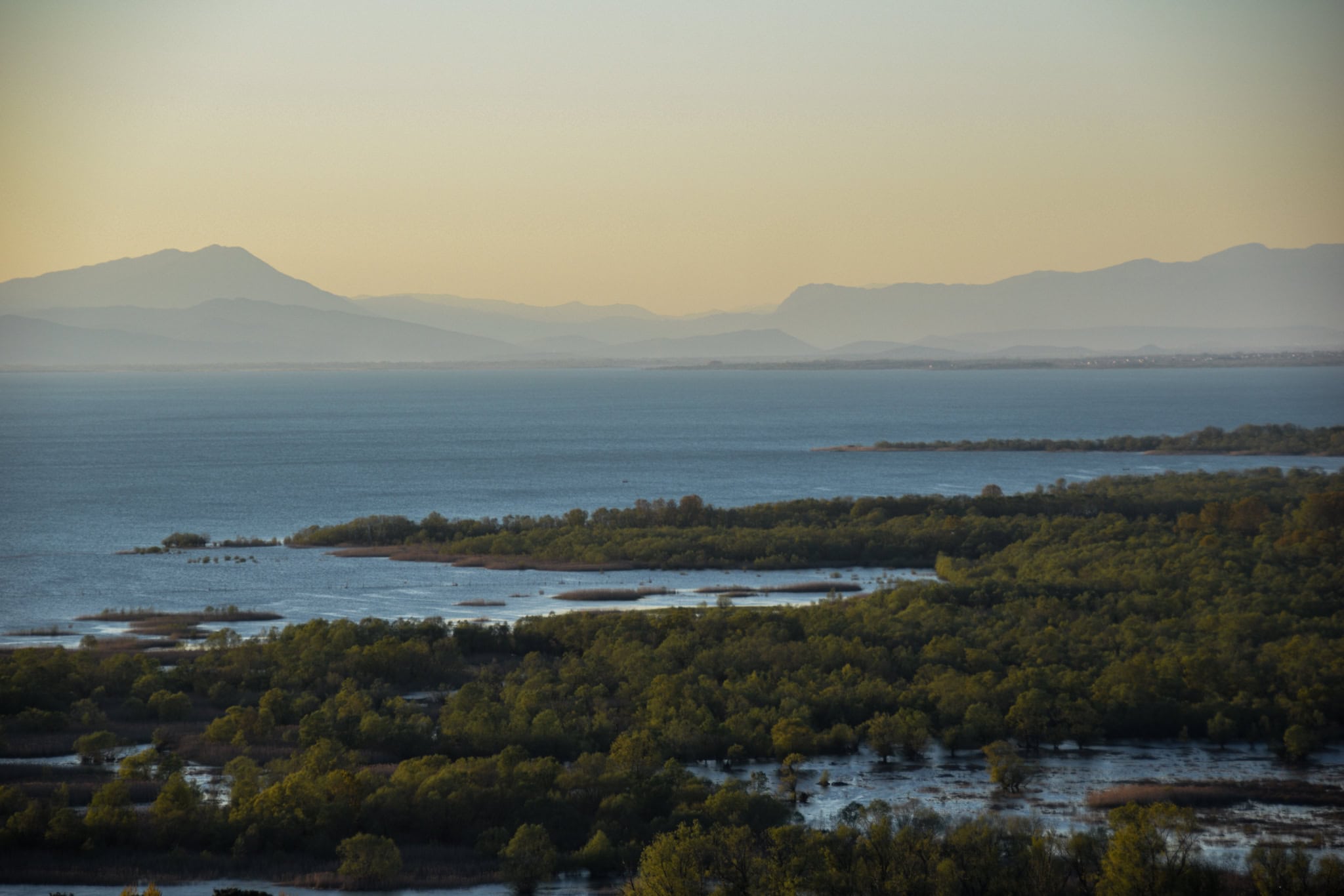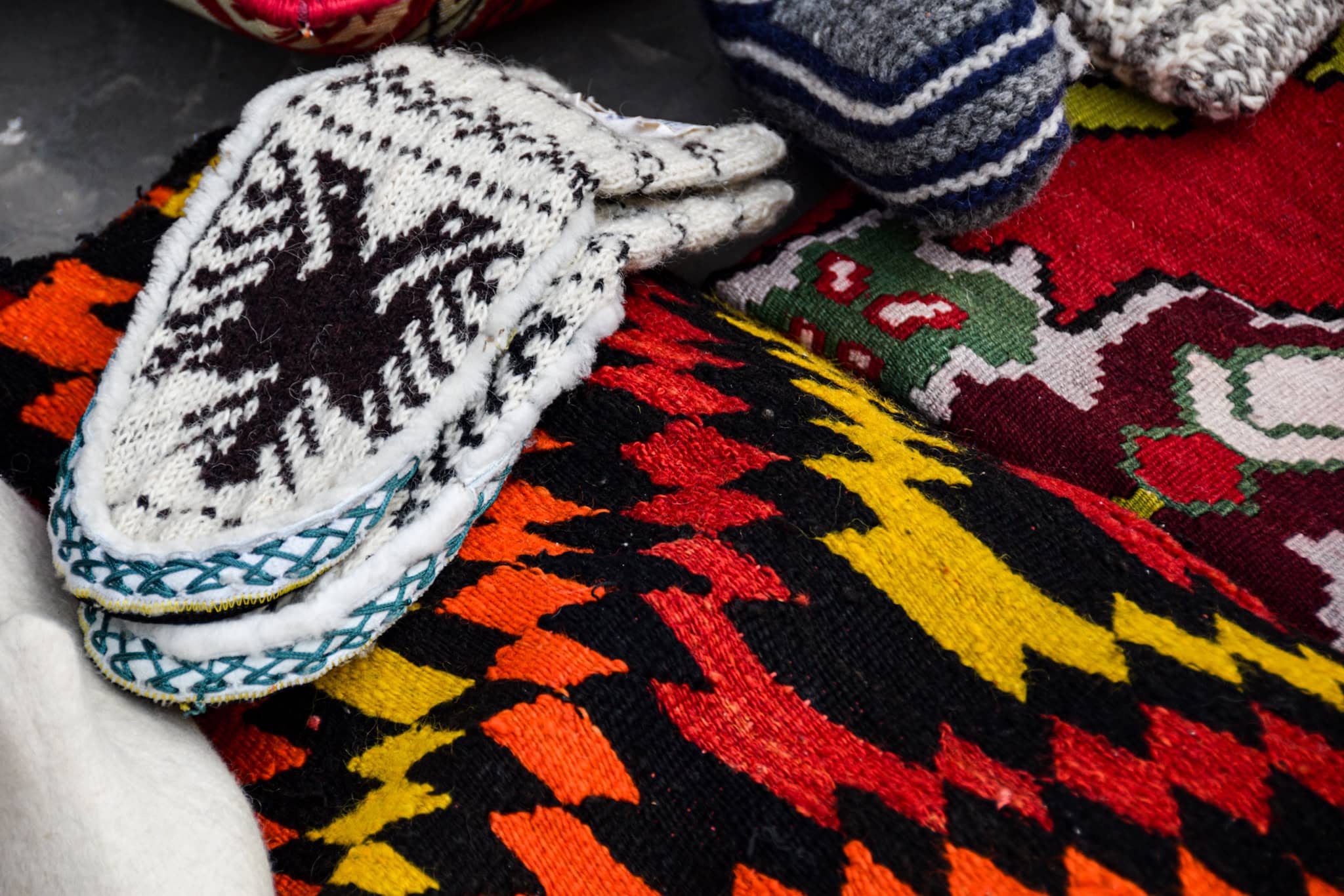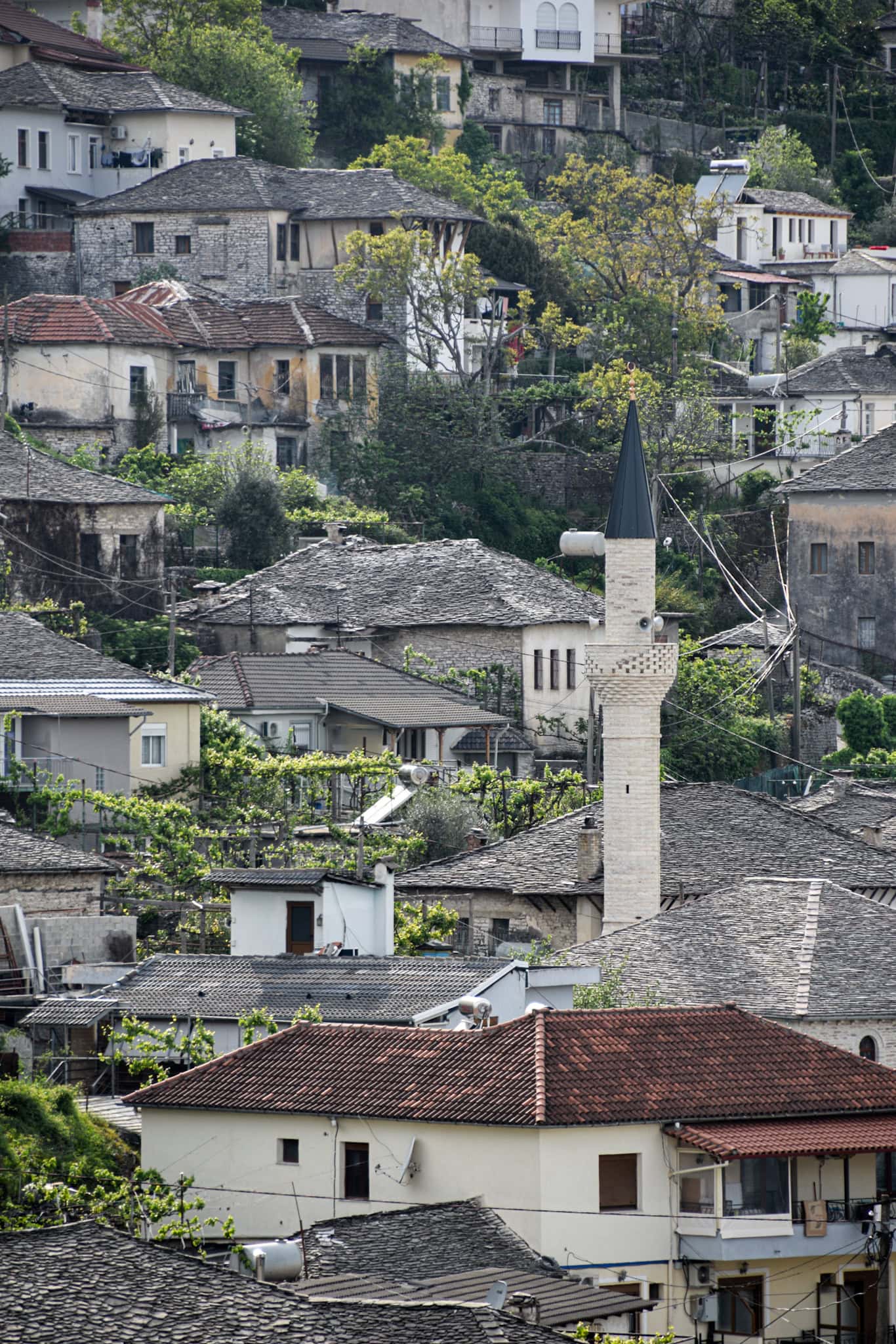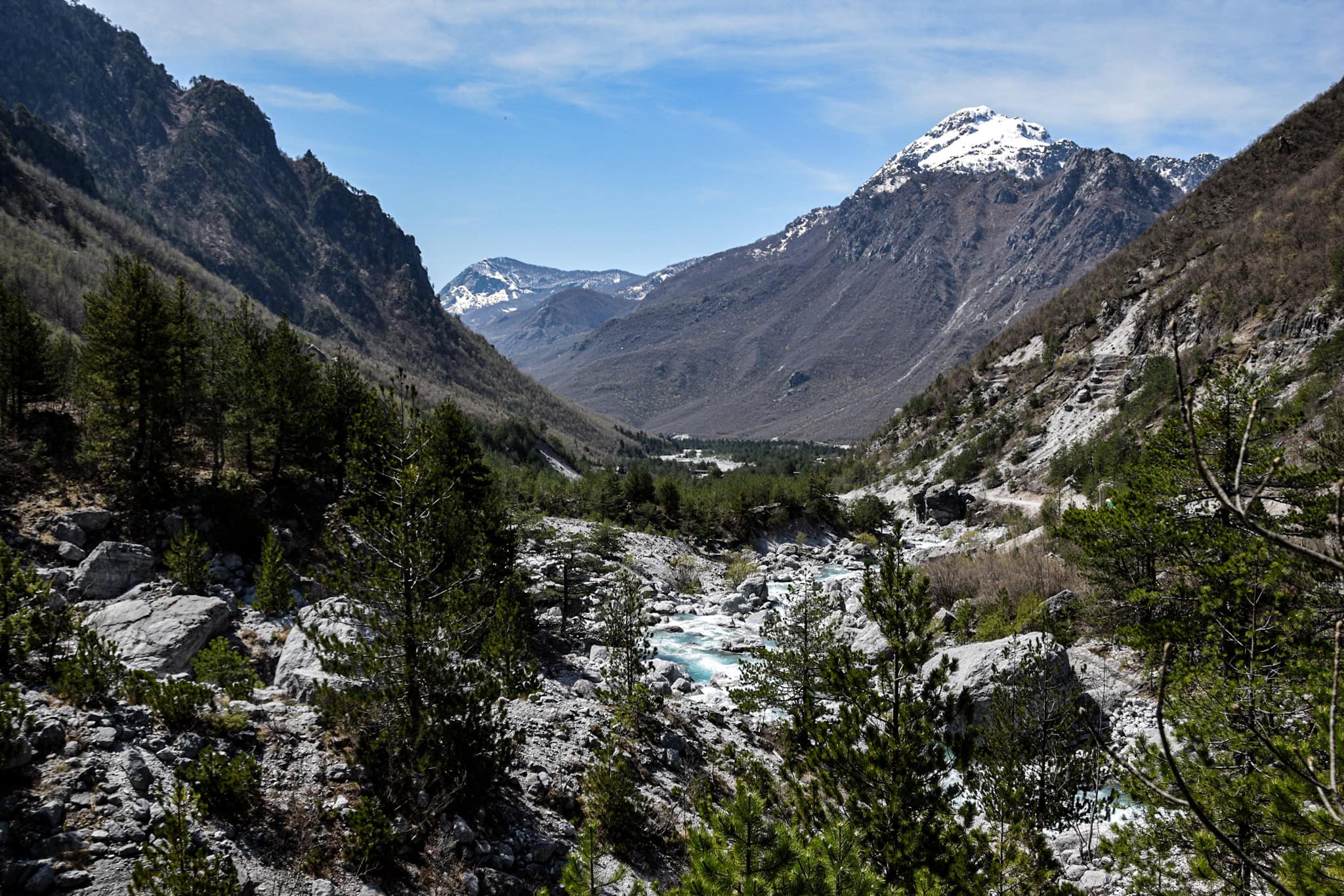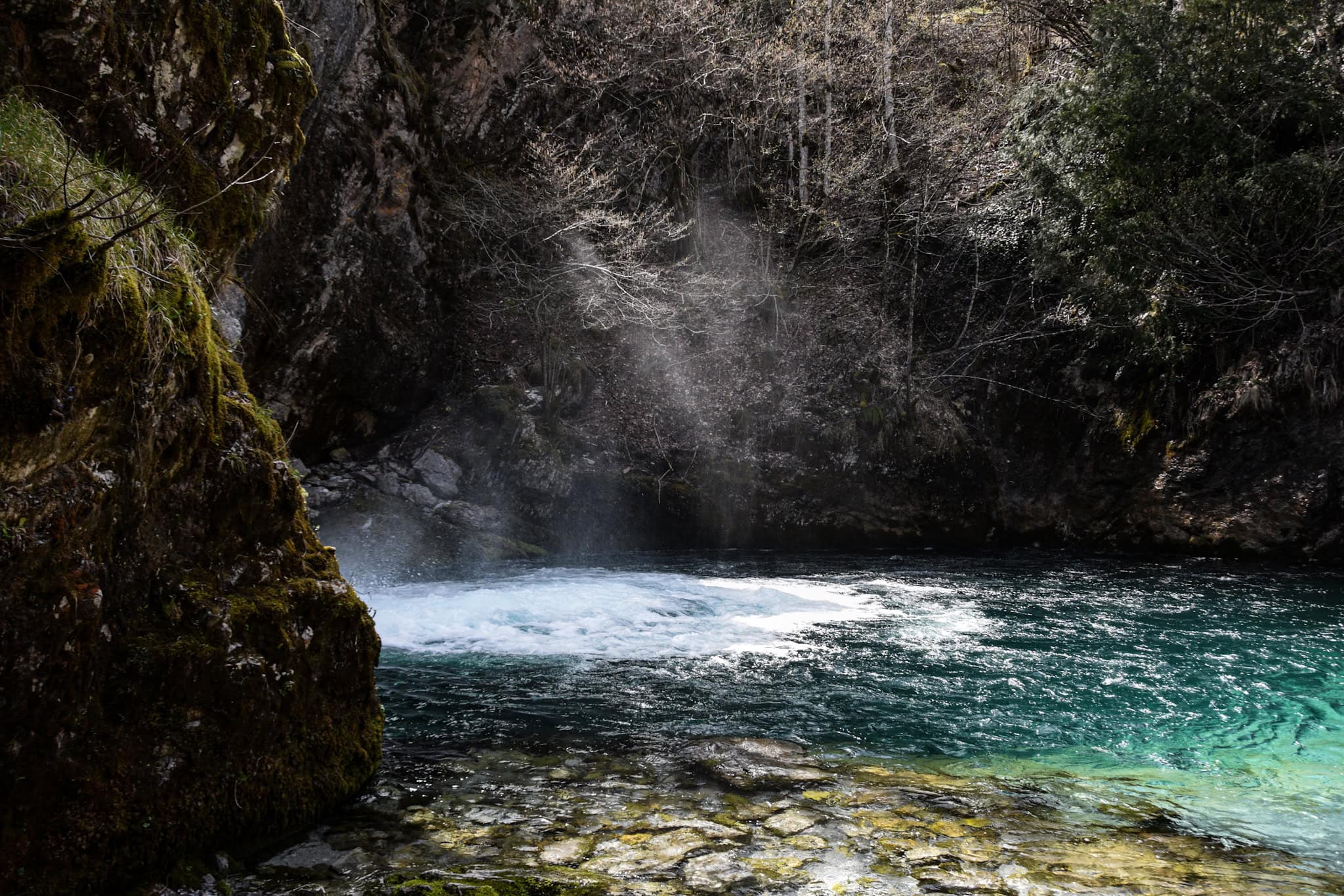ALBANIA
ALBANIA
ALBANIAN ALPS
Tugged away into Albania's remote northeast, the Albanian Alps easily rival their central European namesake.
Rising hundreds of metres above the picturesque Theth valley, the snow-covered summits alone would be enough to warrant a visit.
Add waterfalls, turquoise springs, mountain streams, and quaint villages and you got yourself a hiker's dream.
LENGARICA CANYON
Mainly known for its thermal springs, said to possess curative properties for various diseases, Lengarica Canyon is a spectacular destination for adventurers.
Located near the village of Permët in southern Albania, the gorge stretches for several kilometres and can be explored in its entirety.
River crossings, cliff jump opportunities, hidden hollows, and looming scarps included!
GJIROKASTËR
Honoured a UNESCO heritage site, Gjirokastër is one of the finest examples of Ottoman architecture in Albania.
Winding cobblestone streets, an imposing castle, and the stunning abodes of former landowners tell the "City of Stones'" rich past.
A town as picturesque as they come, its beauty only rivalled by her sister city Berat.
VISA | Albania grants visa-free entry for all European countries, with the exception of Russia, for up to 90 days (30 days for Belarus). Russians may apply for an eVisa. If you are a resident of a non-European country check Passport Index for a quick overview.
Although the country is not part of the European Union, the Albanian authorities do not seem to stamp (at least) EU passports. Neither upon entering nor leaving did I get a stamp in my passport, a fact that was confirmed by other travellers. So don’t be surprised if the same happens to you.
MONEY | Currency: Albanian Lek (ALL). Euro is also widely received, however, keep in mind that you will most likely pay more if you use Euro instead of Lek.
ATMs are available throughout the country, however, bring enough cash if you venture out to the more remote corners of the country (e.g. Theth). Be aware that most banks will charge a (sometimes audacious) transaction fee when using ATMs. The only bank that doesn’t impose extra costs on tourists seems to be “Credins Bank”. You should be able to find their stores in every larger settlement.
All the common credit cards (Mastercard, Visa, etc.) will be accepted, nevertheless cash is still pretty much king in Albania, and is especially needed for public transport, markets, and smaller shops. In general, restaurants and cafés in touristic areas accept cards.
PUBLIC TRANSPORT | Buses are the main mode of transportation in Albania. They are cheap and surprisingly reliable (at least in my experience), however, you won’t find any information regarding their schedule online.
The main bus station in Tirana is the hub for Albanian bus travel and you will find rides to pretty much anywhere in the country from there. Since the station is simply a huge, dusty square cramped with dozens of buses it might appear a bit overwhelming at first, however, don’t be afraid to just ask the next best person and let them point you in the right direction. Albanians are an extremely friendly bunch and more than happy to help you!
Also, do not expect to buy your tickets online or at a ticket booth. Simply rock up to the bus station and pay for the ticket directly on the bus.
